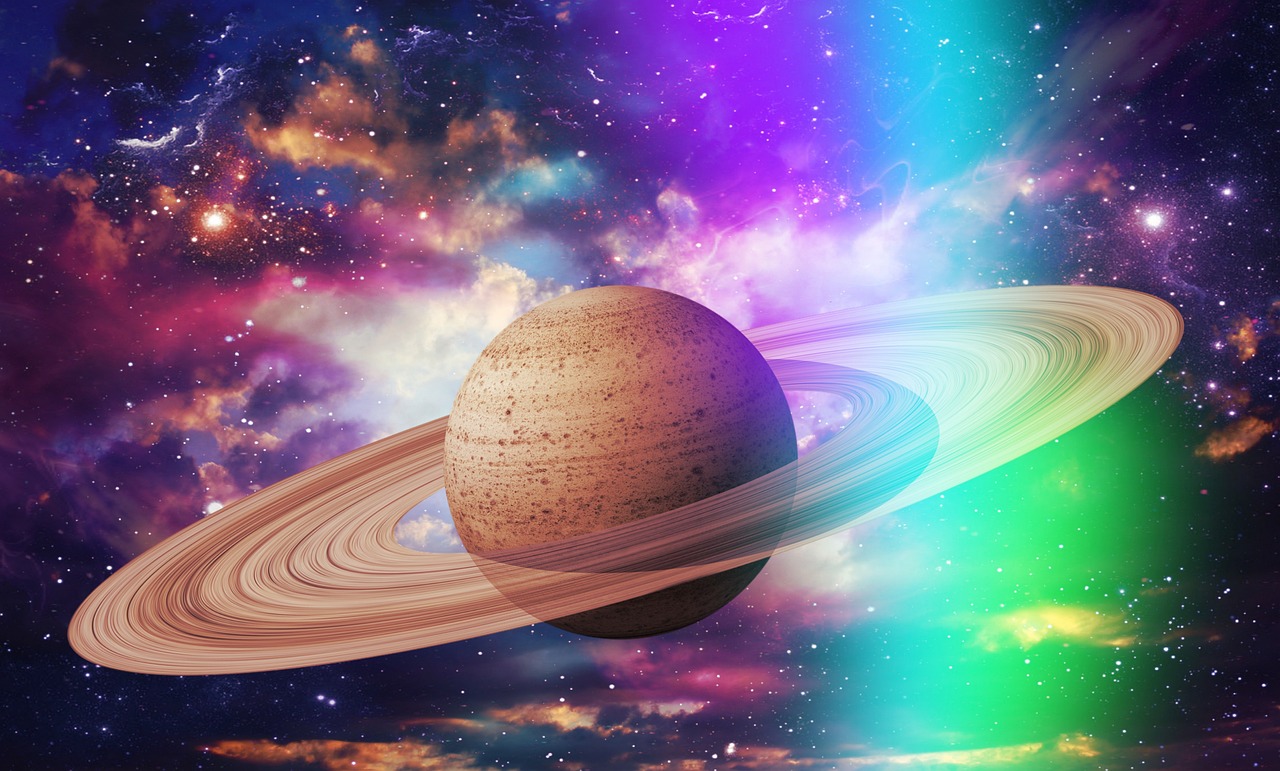Understanding Saturn in Roman Mythology
In Roman mythology, Saturn stands out as a deity linked deeply with agriculture, wealth, and the concept of time. Traditionally portrayed as a venerable figure with a long beard, often equipped with a sickle or scythe, Saturn embodies the notion of the “Golden Age,” a legendary era marked by prosperity and tranquility.
In the pantheon of Greek mythology, Saturn’s counterpart is Cronus. Both are recognized for pivotal roles: Saturn orchestrating the overthrow of his father, Uranus (the sky), and facing a dramatic demise at the hands of his son, Jupiter (Zeus), who ascends to the throne of the gods. Saturn’s significance transcended many layers of Roman religion, highlighting various elements of human existence, the natural world, and the flow of time.
Who Was Saturn? Patron of Agriculture and Prosperity
Saturn is established as the principal Roman deity presiding over agriculture and the annual harvest. This alignment with the Greek god Cronus signifies Saturn’s enduring importance, even in the face of adversity and decline, enabling him to maintain a central role in Roman spiritual practices.
One reason for this continuous reverence was the popular festival Saturnalia, a vibrant celebration in Roman culture. Saturn’s patronage not only linked him to agriculture but also to themes of wealth, abundance, and the transformative nature of times, particularly during the Winter Solstice.
The Role of Agriculture in Roman Religion
Throughout ancient civilizations, numerous deities represented agriculture, appealing to them for fruitful harvests and robust crops. The pre-Christian era was characterized by diverse pagan worship aimed at ensuring agricultural success. For instance, the Greeks honored Demeter, mirrored in Roman society by Ceres, both revered for their connections to agriculture and fertility. Similarly, gods like the Egyptian Renenutet and the Aztec Xipe Totec served as vital figures in their respective cultures, demonstrating the collective human reliance on divine powers for sustenance.
Such agricultural deities commanded immense respect and fear, as they directly influenced the cycle of life and death through the seasons and harvests.
Linking Saturn with Cronus
As the Roman Empire expanded into Greek territories, many Greek deities were assimilated into Roman culture. Saturn, as the agricultural titan, drew parallels with Cronus, which resulted in shared myths and stories about them, particularly concerning familial conflict and power struggles.
Roman narratives adopted tales from Greek mythology, often attributing the same stories to Saturn, despite their original connections being unclear. He became associated with acts of consuming his offspring due to fears of overthrowing, alongside a reinterpreted Golden Age experience, which featured less violence than in Cronus’s myth.
Tracing Saturn’s Origins
Originating as the son of Terra (Earth) and Caelus (Sky), Saturn’s roots tie closely to earlier mythological traditions like those of Gaia and Uranus. The veneration of Saturn dates back to at least the 6th century BCE, signifying his longstanding influence over agriculture and nurturing of ancient civilizations.
Etymology Behind Saturn’s Name
The precise origins of the name ‘Saturn’ remain ambiguous. Some interpretations suggest a link to ‘satus,’ meaning ‘sowing,’ while others look towards Etruscan deities or ancient settlements as possible connections. One commonly referenced identity is Sterquilinus or Sterculius, associated with fertilizer, highlighting Saturn’s agricultural associations.
Depictions of Saturn
Saturn’s iconography as an agricultural figure prominently features tools like the scythe, symbolizing both the act of harvesting and connotations of mortality. Artists often represent him as an elderly man, reflecting wisdom and time, particularly given his festival’s timing which underscores annual cycles.
Saturn’s Worship Practices
While Saturn held crucial significance among the Romans, the details of his worship remain somewhat obscure, owing to the Hellenistic influences that melded with original Roman beliefs. Unique to Saturnalia celebrations was the adoption of Greek worship traditions, showcasing the blending of cultural practices.
Temples and Sanctuaries
The Temple of Saturn, located within the Roman Forum, stands as a historical testament to his worship, although its origins are unclear. Initially built between 497 and 501 BCE, it served as the national treasury and a space for significant administrative activities, further emphasizing Saturn’s foundational role in Roman society.
Festivals Celebrating Saturn
Saturnalia was a pivotal festivity, evolving from a single day on December 17th to a weeklong celebration. It embraced themes of egalitarianism, where societal hierarchies collapsed, allowing slaves and masters to celebrate together. The atmosphere mirrored contemporary festivities, resembling modern Christmas in the spirit of gift-giving and communal joy.
Saturn and Latium
In contrast to Greek mythology, where gods faced imprisonment, Saturn found refuge in Latium after his conflict with Jupiter. His arrival marked the dawn of the Golden Age, where he imparted agricultural wisdom, thereby transforming the culture and ethics of the people.
Myths Featuring Saturn
Roman tales about Saturn diverge from Greek narratives, often illustrating a benevolent spirit advocating peace and equality, contrasting with the darker nuances attributed to his Greek equivalent.
Saturn’s Consorts: Ops and Lua
Saturn’s two wives represented distinct aspects of his nature. Ops, associated with fertility, stands beside Lua, who personifies blood and war. Their duality reflects the interconnectedness of life cycles and agricultural practices.
The Offspring of Saturn
Saturn’s mythos intertwined with Cronus’s narratives, depicting themes of sacrifice and familial strife, particularly the dramatic story of Saturn consuming his children through fear of rebellion, only to see his son Jupiter ultimately liberate them.
Associations with Other Deities
Saturn’s character has links to various other gods, evoking darker elements associated with sacrifice and severity. This mythological crossover sometimes reveals Saturn’s lesser-known traits across cultures.
The Enduring Legacy of Saturn
The legacy of Saturn permeates contemporary life, notably in the naming of Saturday in his honor. This connection encapsulates the dual themes of celebration and the cyclical nature of time, anchoring Saturn firmly within both ancient mythology and modern-day recognition of celestial bodies.
Through the ages, Saturn’s multifaceted persona as a deity of agriculture, time, and transformation continues to resonate, enriching the tapestry of mythological storytelling across cultures.



